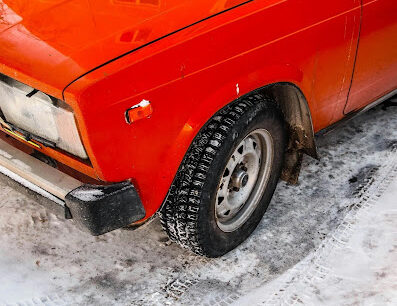NASCAR, short for the National Association for Stock Car Auto Racing, has a storied history and a significant influence on the automotive industry. What began as a series of races involving ordinary cars modified for speed has evolved into a sophisticated sport that pushes the boundaries of automotive design and technology. This blog explores the relationship between NASCAR and automotive design, highlighting key innovations and their impact on the industry.
Evolution of NASCAR Cars
Early Days: Stock Cars
In its early years, NASCAR races featured “stock cars,” which were essentially factory-produced vehicles with minimal modifications. The idea was to prove the durability and performance of everyday cars. However, as competition intensified, teams began to make more substantial modifications to enhance speed and safety. This era laid the foundation for NASCAR’s deep connection to automotive design, as engineers sought to optimize every aspect of the car’s performance.
The Rise of Aerodynamics
By the 1980s, NASCAR had transitioned from stock cars to purpose-built race cars. One of the most significant shifts was the focus on aerodynamics. The shape of the car became crucial in reducing drag and increasing downforce, which helps maintain traction at high speeds. Teams employed wind tunnel testing and computational fluid dynamics (CFD) to refine the car’s body shape. Innovations such as the rear spoiler and front splitter were introduced to manage airflow more effectively, directly influencing the design of performance road cars.
Safety Innovations
Roll Cages and Crumple Zones
Safety has always been a priority in NASCAR, leading to several innovations that have found their way into consumer vehicles. Roll cages, designed to protect drivers in the event of a crash, became standard in NASCAR and inspired similar structural enhancements in passenger cars. The concept of crumple zones, which absorb impact energy, was also refined through NASCAR’s rigorous testing and crash analysis, improving the safety of road cars.
HANS Device and Seat Design
The Head and Neck Support (HANS) device, introduced in the early 2000s, revolutionized driver safety by preventing fatal neck injuries. This innovation has not only saved lives in NASCAR but has also been adopted in various forms of motorsport and influenced the design of modern automotive safety systems. Additionally, the design of racing seats, which provide maximum support and protection, has inspired improvements in the ergonomics and safety features of everyday car seats.
Performance and Efficiency
Engine Technology
NASCAR engines are marvels of engineering, designed to deliver maximum power and efficiency under extreme conditions. While these engines differ significantly from those in consumer cars, the advancements in materials, fuel injection systems, and engine management have trickled down to the automotive industry. Technologies like electronic fuel injection and turbocharging, now common in passenger cars, were honed in the crucible of NASCAR competition.
Tire Technology
Tire performance is critical in NASCAR, where races are often won or lost based on grip and durability. The development of specialized racing tires has led to advancements in tire technology for everyday use. Concepts such as tire compound variation and tread design, initially developed for NASCAR, have improved the performance and safety of consumer tires, offering better traction and longevity.
Influence on Automotive Design
Exterior and Interior Design
The aggressive styling of NASCAR vehicles, with their bold graphics and aerodynamic shapes, has influenced the design language of performance cars and even some mainstream models. Elements like wide fenders, low profiles, and functional air vents can trace their roots back to the racetrack. Innovations in NASCAR, such as advancements in aerodynamics and safety, are often integrated into broader automotive engineering practices, including the cutting-edge solutions provided by EDC.
Technology Transfer
The transfer of technology from NASCAR to road cars is a testament to the sport’s impact on the automotive industry. From advanced telemetry and data analysis used to fine-tune car performance to lightweight materials like carbon fiber, many of today’s automotive innovations have been shaped by the demands of NASCAR racing.
Conclusion
NASCAR’s influence on automotive design is profound and multifaceted. The sport has driven advancements in aerodynamics, safety, performance, and efficiency that have not only enhanced the excitement of racing but also improved the quality and safety of consumer vehicles. As NASCAR continues to evolve, its legacy in shaping the future of automotive design remains as strong as ever.







